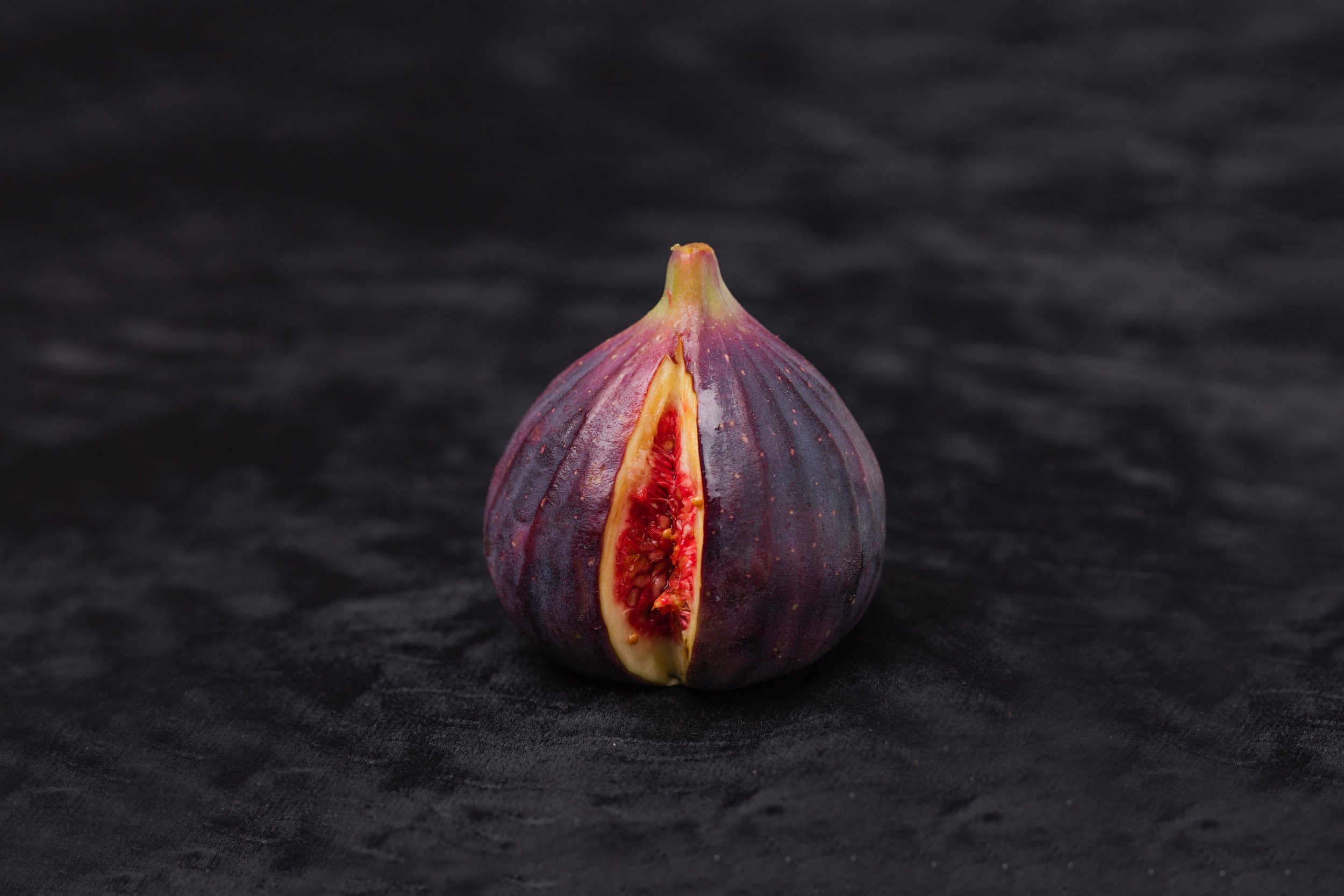Perimenopause & Fibroids: What you may need to know...
photo Sydney Sims for unsplash
Story by Jen Cooper
The hormonal changes during perimenopause can make fibroids and the symptoms they cause worse, but you don’t have to live with the pain. However, it may take multiple doctors and interventions before you find a treatment that works for you.
It started a few years ago (I think?). It’s strange because ever since I hit 45, time feels very slippery. It probably doesn’t help that I turned 45 during a world-wide pandemic. Hard to judge time when every day feels the same.
But where was I? Ah yes, a few years ago I noticed that my periods were getting stranger and stranger. They started coming more frequently. Every three weeks, then every two, and by the middle of last year, it felt like a non-stop occurrence.
The pain intensified too. I’d never had painful periods before. But now, at least twice each “cycle” I would be in near tears feeling like my uterus was on fire. It’d usually happen at night as I was sitting on the couch watching TV, trying to decompress from the day.
It wasn’t at all the way I thought perimenopause would go. I thought my periods would be getting further apart. Instead they were ganging up on me, beating the shit out of my body.
You’d think I would have made an appointment with my GYN to figure this out, but I didn’t have much faith in him. He was pretty old school, close to retirement, and while a very nice man, I caught a whiff of “Well, that’s a woman’s body for you” coming off of him. Maybe I got that impression from a concern that instead of investigating, he used my husband’s satisfaction as a barometer. I would have said something, but at the moment I was too confused. Had I just fallen into a time warp that landed me back in the 50s?
Other things were happening with my body, too. I could no longer read anything. I’d worn glasses and contacts since I was 15 for nearsightedness. Now I was either taking my glasses off to read, or grabbing a pair of +1 readers if my contacts were in.
After an appointment with the eye doctor, I noticed a white arc forming around my iris. I freaked out, consulted google, and was now convinced I had high cholesterol. The eye doctor said, “Don’t worry. That happens to almost everyone as they get older.”
Why didn’t I know this?
He did follow up with, “If you want, you can contact your primary doctor. See what she says.” So I did. She asked me to get bloodwork done. I did that too. Then, I got a panicked call.
“You are severely anemic. We need to check for cancer.”
How I went from a concern about my brown eyes to cancer threw me. That was a plot twist I didn’t see coming.
I went through rounds of tests, and eventually it led to finding a small fibroid in my uterus. My old GYN retired so I was given to a new, younger, female doctor. I told her my story and she said, we should try an IUD.
According to Johns Hopinks, anywhere between 20% and 70% of uteruses will get a fibroid in its lifetime. That’s a wide window. They’re almost always harmless, unless you count the pain they can cause emotionally or physically. And they can subside after menopause, since they seem to be fueled by hormones, but that’s not always the case.
“We just need to bridge you to menopause,” my new doctor said. So in went the IUD. A week later out it went. I don’t know if you’ve ever experienced what it feels like to have an IUD fall out of your cervix, but let me tell you, it ain’t nice.
“Let’s try the pill,” the next doctor said. I tried the pill. It didn’t work.
The next doctor I saw said, “Okay, you’ve done the IUD, you’ve done the standard birth control pill, now let’s try a stronger one.” I took the stronger pill. Not only did it not work, I felt a case of thrush coming on. I stopped it immediately.
The fourth doctor looked at my chart and said, “Okay, I think it’s time for surgery.” She laid out a number of options for me; a sort of surgical buffet. I could go for a total hysterectomy. That was the option my mom took for the exact same problem when she was in her late 40s. Then there were a few other options that each had cons I didn’t like the sound of. Finally, we landed on a hysteroscopy.
A hysteroscopy is when they insert a small camera through the cervix into the uterus. You see, you can’t exactly tell where a fibroid is growing until you get in there. Sometimes it’s growing in a place where a surgeon can cut it out, sometimes, it’s not.
I was so exhausted by this point that I was willing to try anything. But there was a tiny cloud of optimism floating around me. We’d narrowed things down, so I felt we were close to a resolution, even if that meant I’d have one less organ in my body. I no longer had an attachment to my uterus, although I understand and appreciate that many have a strong connection to theirs.
Optimism grew after I woke up from surgery. The surgeon was able to remove the fibroid that was causing most of my problems. She also placed an IUD to help regulate my periods. Did you know it’s not entirely uncommon for your periods to get closer together in your 40s? I didn’t know that.
It’s been a week since the surgery and I feel amazing. I can’t believe that I just lived with the constant pain and fear of bleeding through my clothes when I was out in public.
All of this is a story to say if you’re experiencing pain or far-too frequent periods, don’t try to ‘stoic’ your way through it. Make an appointment today.
And also, support women’s access to healthcare, shut down talk that reduces womanhood to having a womb, fight for access to all forms of reproductive health care (it’s unbelievable to me that some employers would rather a woman writhe in pain than cover an IUD or birth control) and please listen to your body. It’s wise.




